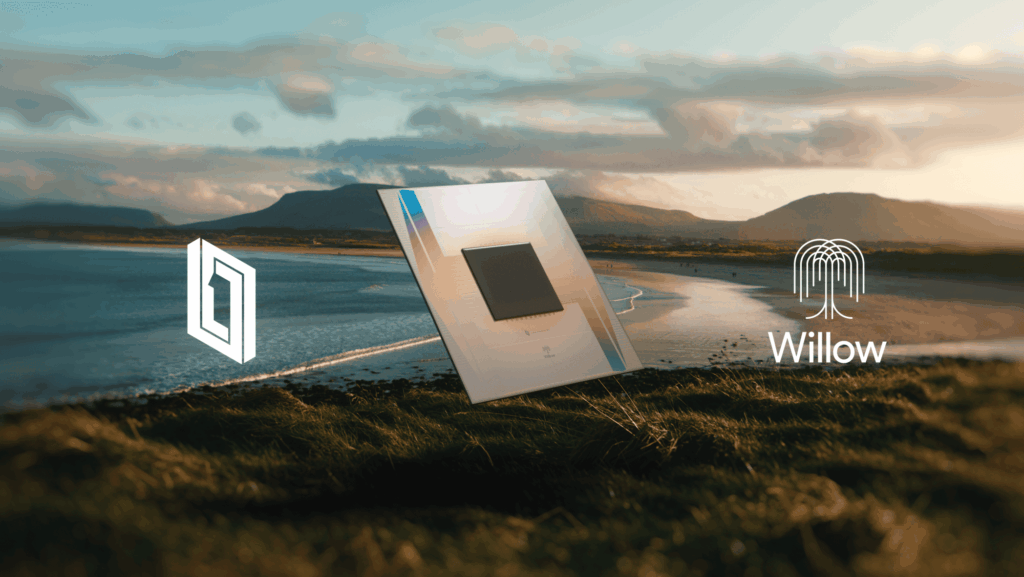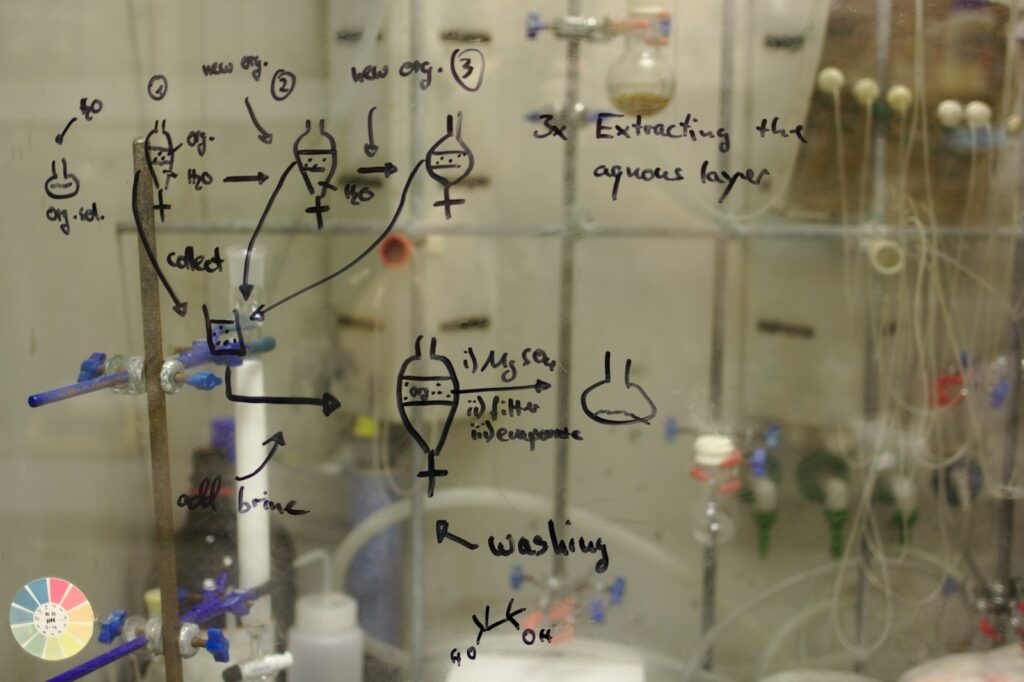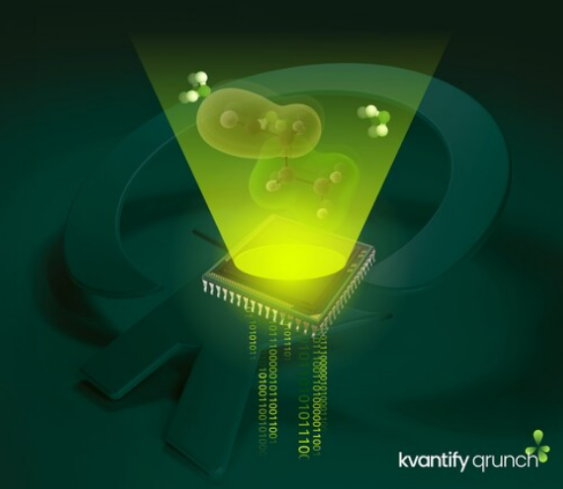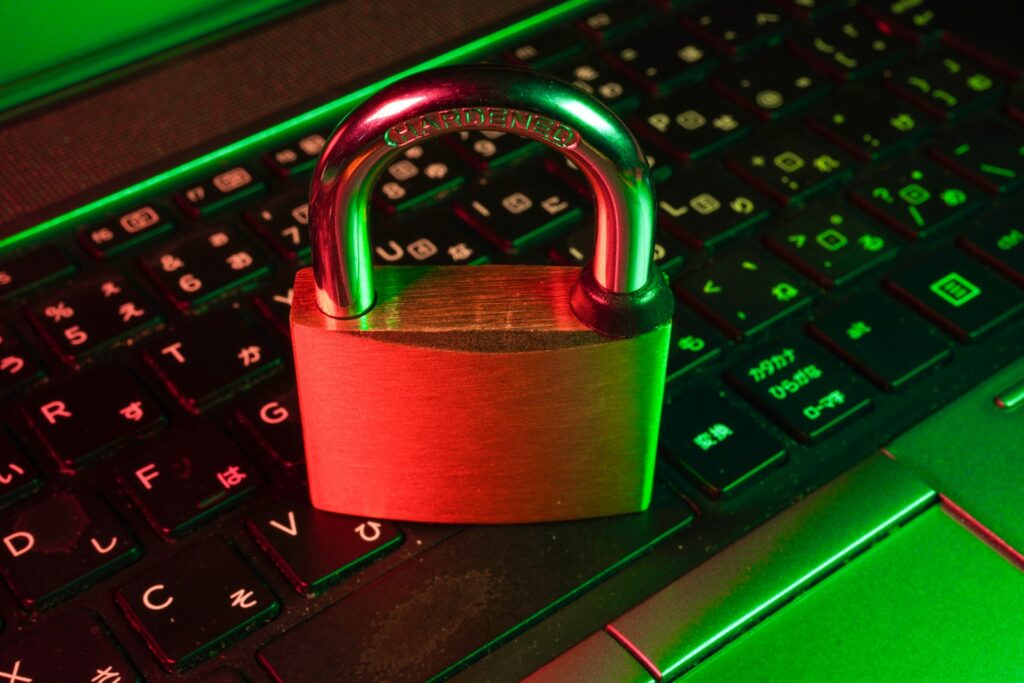Insider Brief
- Researchers tested the BB84 quantum key distribution protocol under noisy conditions, revealing higher error rates than the theoretical limit.
- Despite these challenges, the eavesdropper (Eve) struggled to gain significant information due to the noise inherent in current quantum hardware.
- The study highlights both the resilience of BB84 in real-world environments and the need for improved quantum hardware to close the gap between theory and practice.
A team of researchers ran the BB84 quantum key distribution (QKD) protocol through a gauntlet of real-world conditions and found that the technique demonstrated resilience but also revealed vulnerabilities under certain real-world noisy conditions.
In a study published on the pre-print server ArXiv, the team found that while Alice and Bob — those sweet, naive fictional characters that represent the two parties exchanging information — could theoretically tolerate a certain qubit error rate, experimental results showed error rates that were higher. Despite this, Eve, that nasty eavesdropper, would struggles to fully compromise the key due to hardware noise. The fidelity of the clones — copies of quantum states created during eavesdropping — is lower than theoretical values, pointing to hardware limitations. These limitations allow Eve to steal some information but likely prevent her from fully understanding the message, keeping the communication secure overall.
The BB84 protocol, developed in 1984 by Charles Bennett and Gilles Brassard, remains one of the most studied methods for quantum cryptographic key exchange. It allows two parties, Alice and Bob, to securely communicate by transmitting quantum bits (qubits), ensuring secure key generation through quantum principles. However, its security assumes an ideal, noiseless quantum channel—a condition that doesn’t always hold in practical, noisy environments. In this study, conducted on the IonQ Harmony quantum computer, the researchers tested how much information an eavesdropper (Eve) could intercept using asymmetric phase-covariant cloning, a common eavesdropping technique.

In this experiment, the researchers aimed to measure how much information Eve could obtain when Alice and Bob transmit keys under the BB84 protocol, using the optimal eavesdropping approach. Their experimental setup simulated individual attacks where Eve tries to clone each qubit exchanged between Alice and Bob, measuring the error rates and the fidelity of the cloned qubits.
Performance in Real-World Conditions
The experimental results, as mentioned, highlighted that Alice and Bob can tolerate a qubit error rate of around 15% while still distilling a secure key. This applies to individual attacks, not general conditions. However, in the noisy, real-world conditions of the quantum computer, the qubit error rate for Bob was 0.21821—roughly 7% higher than the theoretical threshold.
The experiment further showed that while Eve could intercept some information, her ability to compromise the key exchange was hampered by the noise inherent in the quantum hardware. The mutual information gained by Eve was approximately 0.24311, compared to a theoretical maximum of 0.39912.
Errors incurred in the implementation of our cloning circuit mean that the fidelity of the clones is lower than their corresponding theoretical value, the researchers explained. As a result, Alice and Bob can tolerate more noise, since Eve’s attempts to eavesdrop are inhibited by hardware limitations.
The team conducted their experiments using the IonQ Harmony quantum computer
Limitations and Future Directions
The experiment offers valuable insights, but researchers suggest some limitations, including the current state of quantum hardware, which introduces significant noise into the system. As quantum computers become more precise, the gap between experimental results and theoretical security bounds will narrow, potentially allowing for more successful eavesdropping attempts.
The researchers acknowledge that their study focuses solely on individual attacks, where Eve interacts with each qubit separately. Future work will need to address more complex attack strategies, such as collective and general-coherent attacks, where Eve uses quantum memory to perform measurements on all intercepted qubits simultaneously.
Future studies also will likely build on this work by exploring how improving hardware noise reduction techniques could maintain the security of quantum communication protocols.
The research team, consisting of Brian Pigott, Elizabeth G. Campolongo, Hardik Routray, and Alex Khan, provided the first experimental estimate of information leakage in the BB84 protocol under real-world noisy conditions. urity in noisy environments will become crucial for safeguarding future communication networks.


















